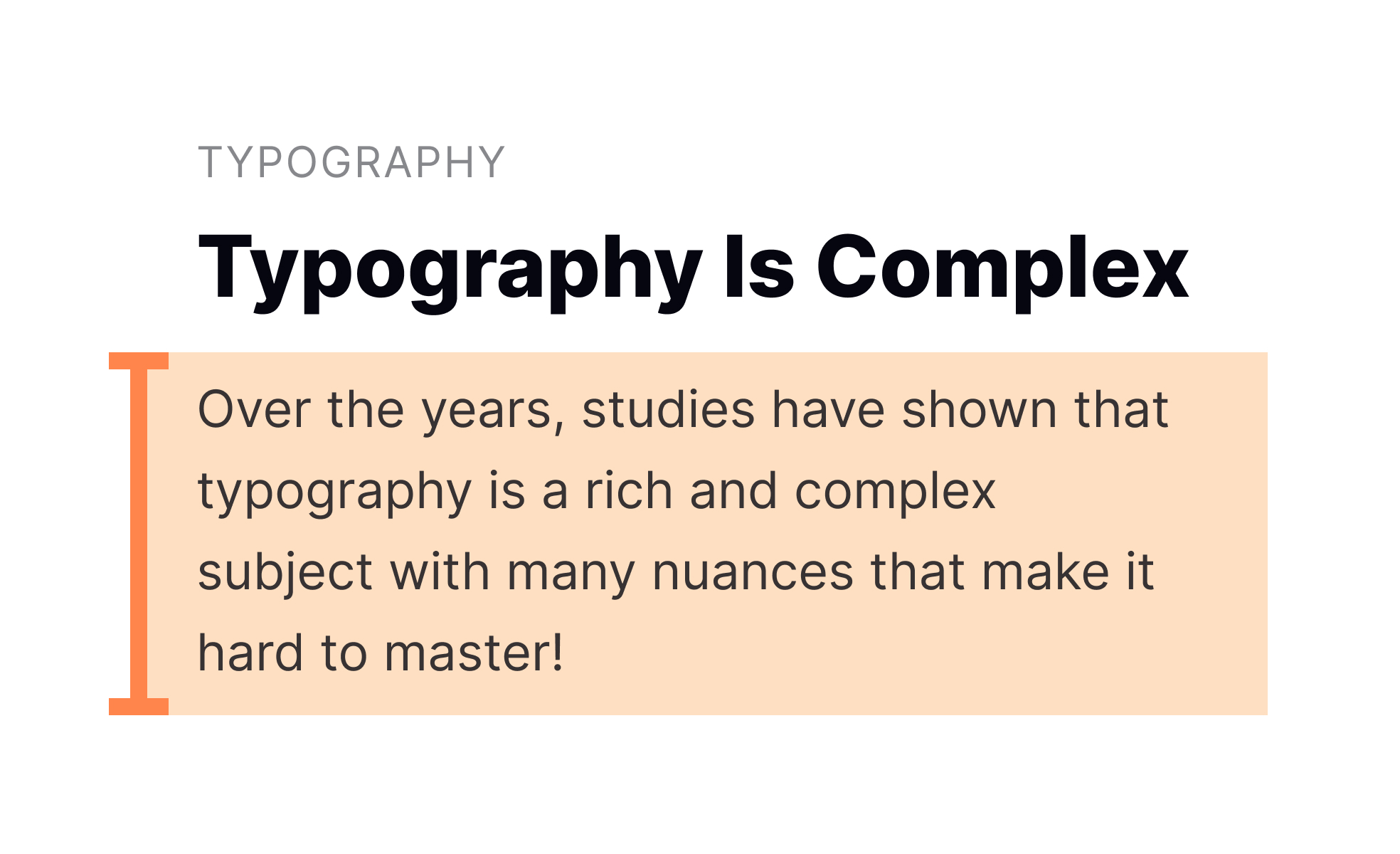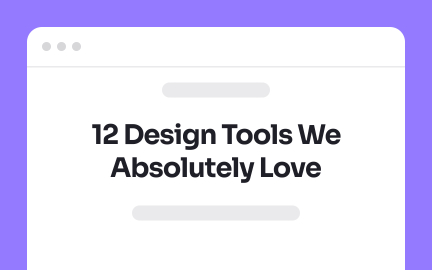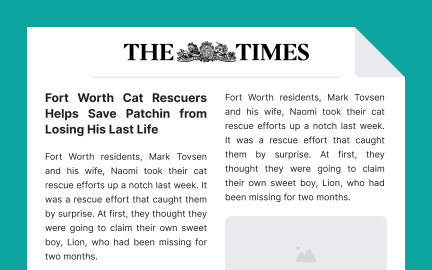Body Text
Body text refers to the main content text in an interface or document, designed for readability and clarity in paragraphs and continuous reading of the doc.

Body text refers to the main content within digital products, such as apps, websites, and documents. It represents the majority of written communication and plays a critical role in ensuring clarity and readability. Designers carefully shape body text so users can process information without unnecessary effort, supporting both comprehension and usability.
In UX/UI design, body text is more than just words on a screen. It involves selecting fonts, sizes, spacing, and line length that collectively affect how easily users can read. A poorly chosen font or cramped spacing can quickly lead to user fatigue, while well-crafted body text encourages engagement. For example, many design systems recommend line lengths of 50–75 characters to maintain a comfortable reading rhythm.
Real-world applications highlight how companies prioritize body text. Apple’s Human Interface Guidelines, for instance, outline specific typography recommendations to maximize readability across devices. Medium, a publishing platform, carefully chose font size, line height, and color contrast to ensure long-form reading feels natural on screens. These decisions reflect how small details in body text affect overall user experience.
Accessibility is another major dimension. Body text must remain legible to all users, including those with visual impairments. This involves maintaining strong contrast between text and background, providing scalable text options, and avoiding overly decorative fonts. Accessibility standards like WCAG (Web Content Accessibility Guidelines) offer specific criteria that ensure body text works for diverse audiences.
Beyond visuals, tone and style matter in body text. Clear, plain language reduces cognitive load and helps users understand key messages quickly. For example, in error messages, body text should avoid technical jargon and instead provide clear, actionable advice. This thoughtful use of language creates trust and helps users feel supported during their interaction.
Body text also interacts with other content elements like headings, icons, and buttons. Strong hierarchy is crucial: headings guide attention, while body text provides detail. Without this balance, interfaces can feel cluttered or overwhelming. A well-structured page relies on body text to tie all elements together, ensuring that users move seamlessly from one section to another.
Learn more about this in the Body Text Exercise, from the Elements of Typography Lesson, a part of the Design Terminology Course.
Key Takeaways
- Body text is the primary written content in digital products.
- Typography, spacing, and layout shape readability and usability.
- Clear language supports comprehension and reduces cognitive load.
- Accessibility standards ensure inclusivity for diverse users.
- Effective body text balances visual design and communication strategy.
Readability comes from a combination of typography, spacing, and hierarchy. Fonts should be chosen for clarity, not decoration, and line height should allow comfortable scanning. Proper contrast between text and background ensures visibility across devices and lighting conditions.
Good readability also depends on context. For example, short body text works well for tooltips, while longer blocks require careful formatting with subheadings or bullets. The ultimate goal is to reduce friction so users can absorb information quickly.
Accessibility relies on body text being legible and adaptable. Meeting WCAG standards ensures text remains visible for users with visual impairments, color blindness, or screen reader reliance. Features like adjustable font size and high-contrast options expand inclusivity.
Poorly designed body text, such as light-gray text on a white background, excludes users and reduces usability. Prioritizing accessibility means every user has a chance to engage with the product comfortably.
Product managers rely on body text to communicate clearly across teams and with users. Clear writing in specs, release notes, or onboarding flows prevents misunderstandings and reduces wasted time. This makes collaboration smoother and more efficient.
Externally, well-crafted body text in documentation, user guides, and in-product messages ensures that users can fully understand a product’s value. This clarity supports adoption, retention, and trust in the product.
Recommended resources
Courses

UX Design Foundations

UI Components I

Design Terminology
Lessons
Projects

Placid Plastic Typography System Challange

404 Error Page for Fintech Platform Bankr💸

















